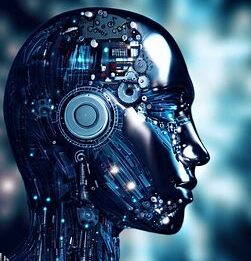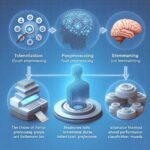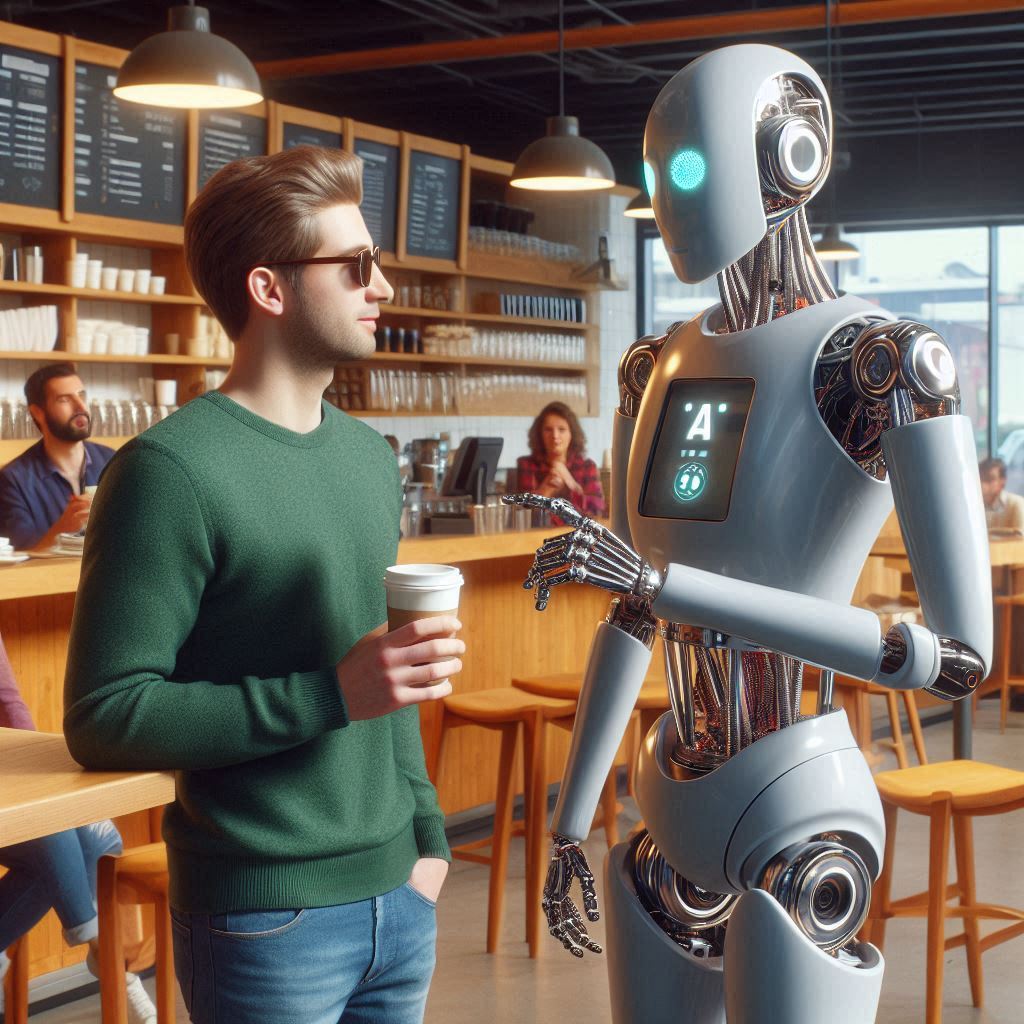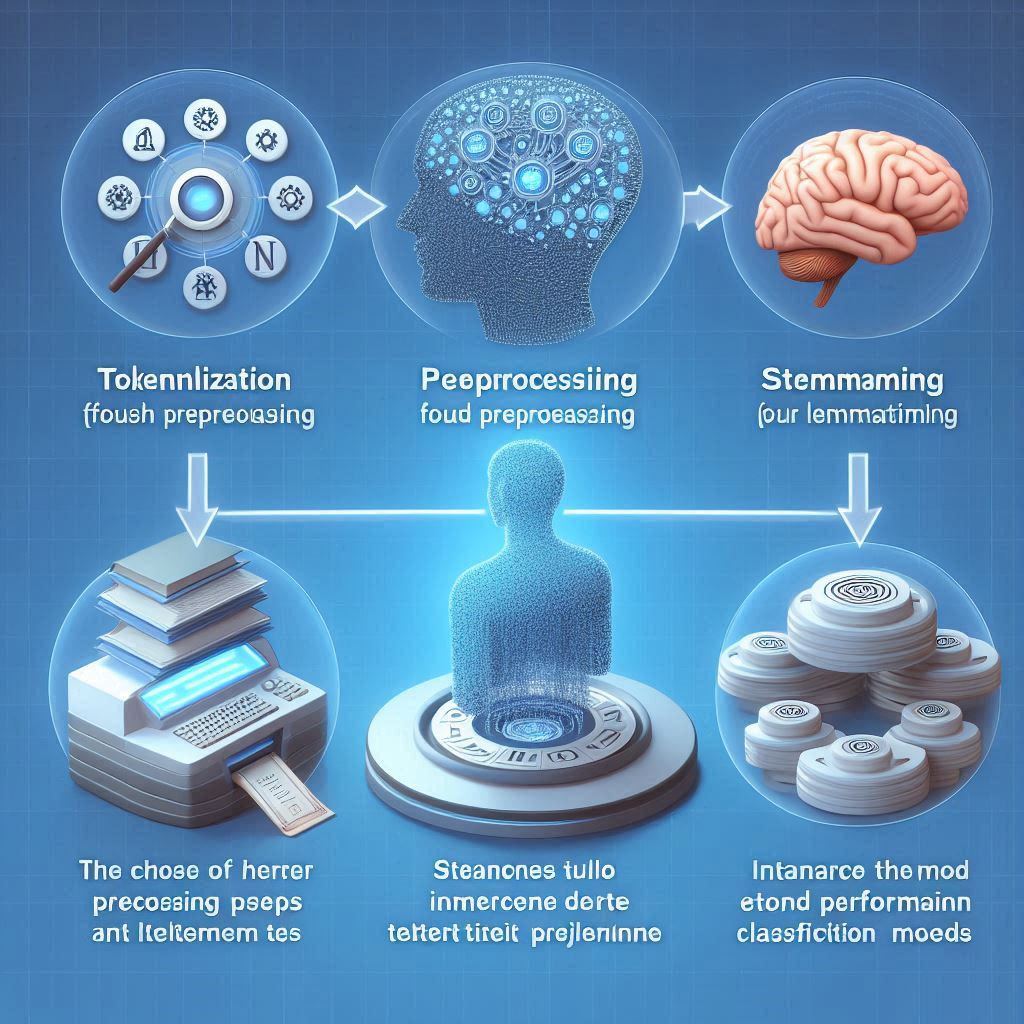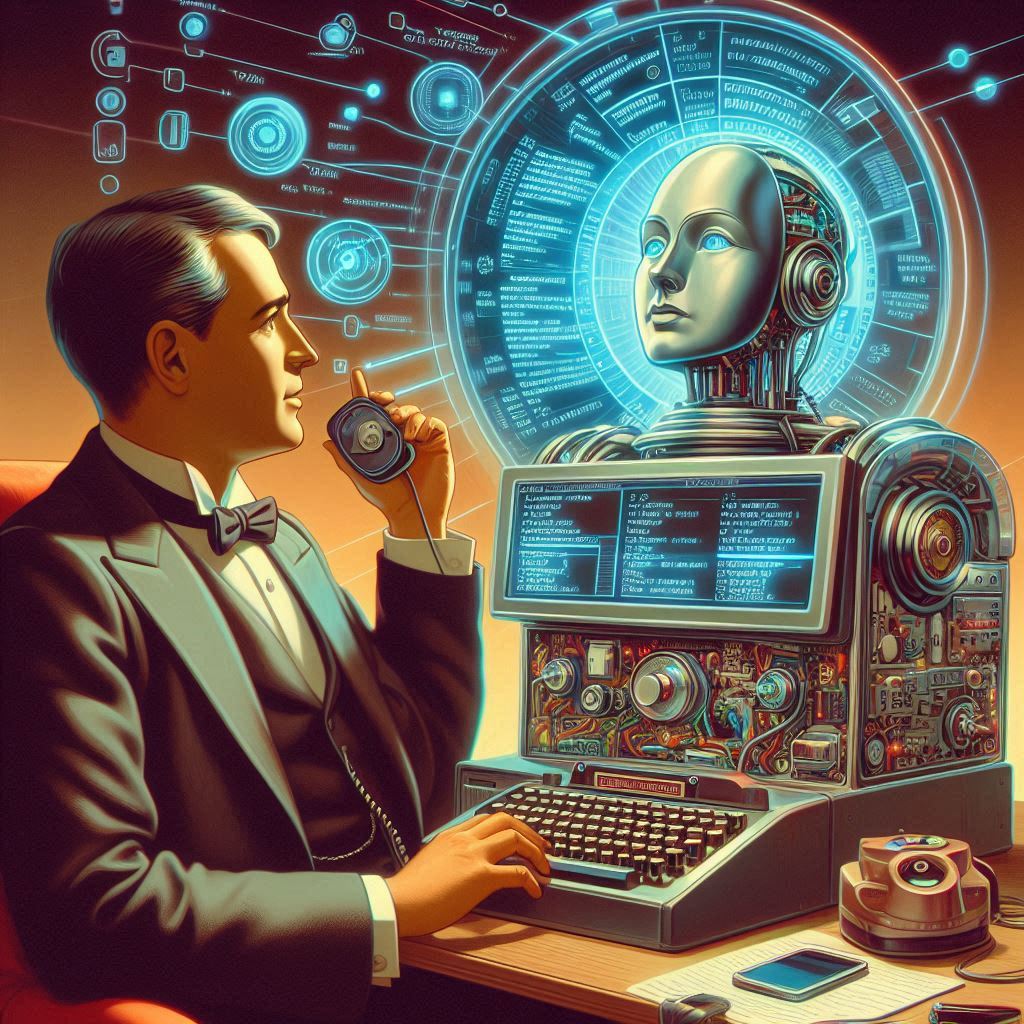Artificial Intelligence (AI) has been a part of our lives for decades, but it’s only in recent years that we’ve seen a surge in the development of AI chatbots. These chatbots are designed to simulate human conversation and are being used for customer service, personal assistants, and even therapy. OpenAI’s ChatGPT is the latest and most advanced AI chatbot, and it’s leading the charge in the AI chatbot revolution. In this article, we’ll explore what ChatGPT is, how it works, and its impact on the world of AI chatbots.
The AI chatbot revolution is here to stay
AI chatbots have been around for a while, but they’ve only recently become popular due to advancements in natural language processing (NLP) and machine learning (ML). These advancements have allowed chatbots to understand and respond to human language with greater accuracy and speed. As a result, companies are using chatbots to automate their customer service, reduce costs, and improve customer experience.
OpenAI’s ChatGPT is the new leader
OpenAI’s ChatGPT is the most advanced AI chatbot to date. It’s a language model that uses deep learning to generate human-like responses to text inputs. ChatGPT is trained on a massive amount of data and has a deep understanding of language and context. It’s capable of generating coherent and relevant responses to a wide range of topics and can even engage in small talk.
What is ChatGPT and how does it work?
ChatGPT is a language model that uses a technique called transformer architecture to generate responses to text inputs. The transformer architecture was first introduced in a paper by Google researchers in 2017 and has since become the standard for language models. It uses attention mechanisms to focus on relevant parts of the input and generate a response.
Here’s an example of how ChatGPT works:
from transformers import pipeline
chatbot = pipeline("text2text-generation", model="EleutherAI/gpt-neo-2.7B")
input_text = "What is the capital of France?"
response = chatbot(input_text, max_length=50)[0]["generated_text"]
print(response)The output of this code would be “The capital of France is Paris.”
A brief history of AI chatbots
The first chatbot was developed in the 1960s by Joseph Weizenbaum. It was called ELIZA and was designed to simulate a conversation with a therapist. ELIZA was a simple rule-based system that used pattern matching to generate responses. In the years that followed, chatbots became more advanced, but it wasn’t until the advent of deep learning that they really took off.
ChatGPT’s impressive capabilities
ChatGPT’s capabilities are impressive. It can generate responses to a wide range of topics and can even engage in small talk. It’s also capable of understanding context and can generate coherent and relevant responses. Here’s an example of ChatGPT generating a response to a question about the weather:
from transformers import pipeline
chatbot = pipeline("text2text-generation", model="EleutherAI/gpt-neo-2.7B")
input_text = "What's the weather like today?"
response = chatbot(input_text, max_length=50)[0]["generated_text"]
print(response)The output of this code would be “It’s currently sunny and 75 degrees.”
How ChatGPT is changing the game
ChatGPT is changing the game by providing companies with a powerful tool for automating their customer service. It’s capable of handling a wide range of customer inquiries and can do so with speed and accuracy. This means that companies can reduce costs and improve customer experience by using chatbots to handle routine inquiries.
The future of AI chatbots with ChatGPT
The future of AI chatbots is bright with ChatGPT leading the way. As ChatGPT continues to improve, we can expect to see more companies adopting chatbots for customer service and other applications. Chatbots will become more intelligent and capable of handling more complex inquiries, making them an even more valuable tool for businesses.
ChatGPT’s impact on customer service
ChatGPT is having a significant impact on customer service. By automating routine inquiries, companies can free up their human customer service agents to handle more complex inquiries. This leads to faster response times and improved customer experience. Chatbots are available 24/7, which means that customers can get the help they need at any time of day.
ChatGPT vs human customer service agents
ChatGPT is not meant to replace human customer service agents. Instead, it’s meant to complement them by handling routine inquiries. Human customer service agents are still needed to handle more complex inquiries and to provide a personal touch to customer interactions.
ChatGPT’s potential for personalization
ChatGPT has the potential to provide a personalized experience for customers. By analyzing customer data, ChatGPT can generate responses that are tailored to each individual customer’s needs and preferences. This can lead to a more satisfying customer experience and increased customer loyalty.
The ethical implications of AI chatbots
As with any new technology, there are ethical implications to consider with AI chatbots. One concern is the potential for chatbots to be used to manipulate or deceive people. Another concern is the potential for chatbots to perpetuate biases and discrimination. It’s important to ensure that chatbots are designed and used in an ethical and responsible manner.
The ChatGPT revolution: what’s next?
The ChatGPT revolution is just beginning. As ChatGPT continues to improve, we can expect to see more companies adopting chatbots for customer service and other applications. Chatbots will become more intelligent and capable of handling more complex inquiries, making them an even more valuable tool for businesses. The future of AI chatbots is bright, and ChatGPT is leading the way.
The ChatGPT AI chatbot revolution in Summary
OpenAI’s ChatGPT is the most advanced AI chatbot to date, and it’s leading the charge in the AI chatbot revolution. ChatGPT is a language model that uses a technique called transformer architecture to generate responses to text inputs. It’s capable of generating coherent and relevant responses to a wide range of topics and can even engage in small talk. ChatGPT is changing the game by providing companies with a powerful tool for automating their customer service. As ChatGPT continues to improve, we can expect to see more companies adopting chatbots for customer service and other applications. The future of AI chatbots is bright, and ChatGPT is leading the way.
